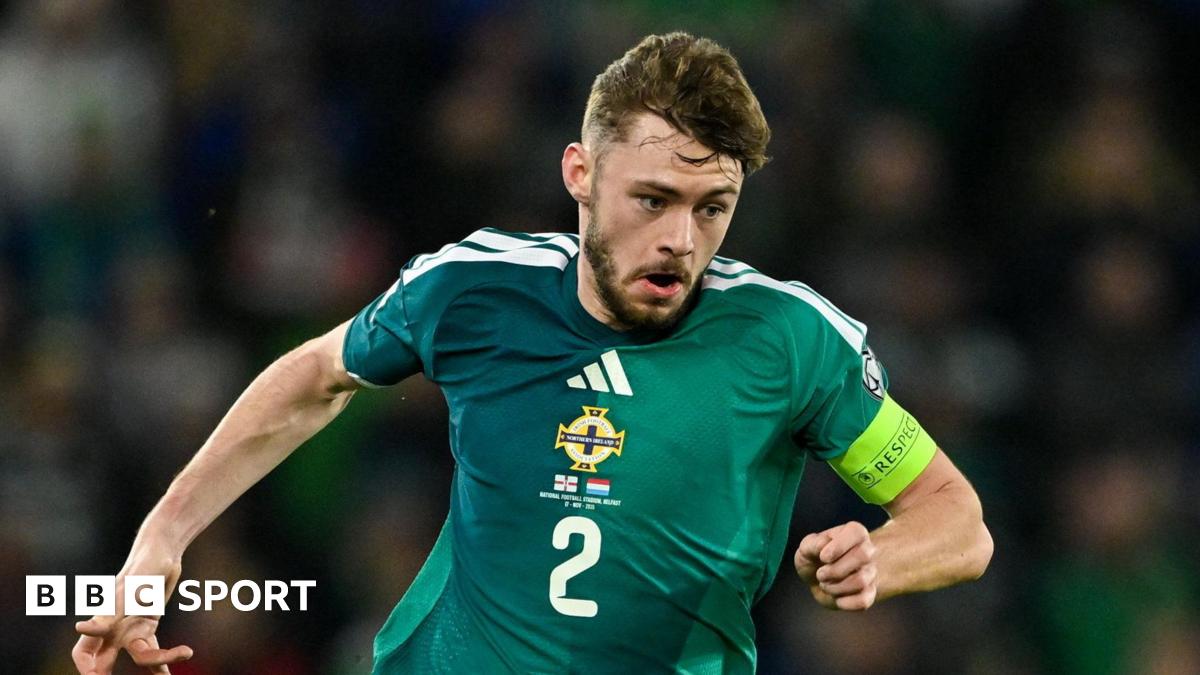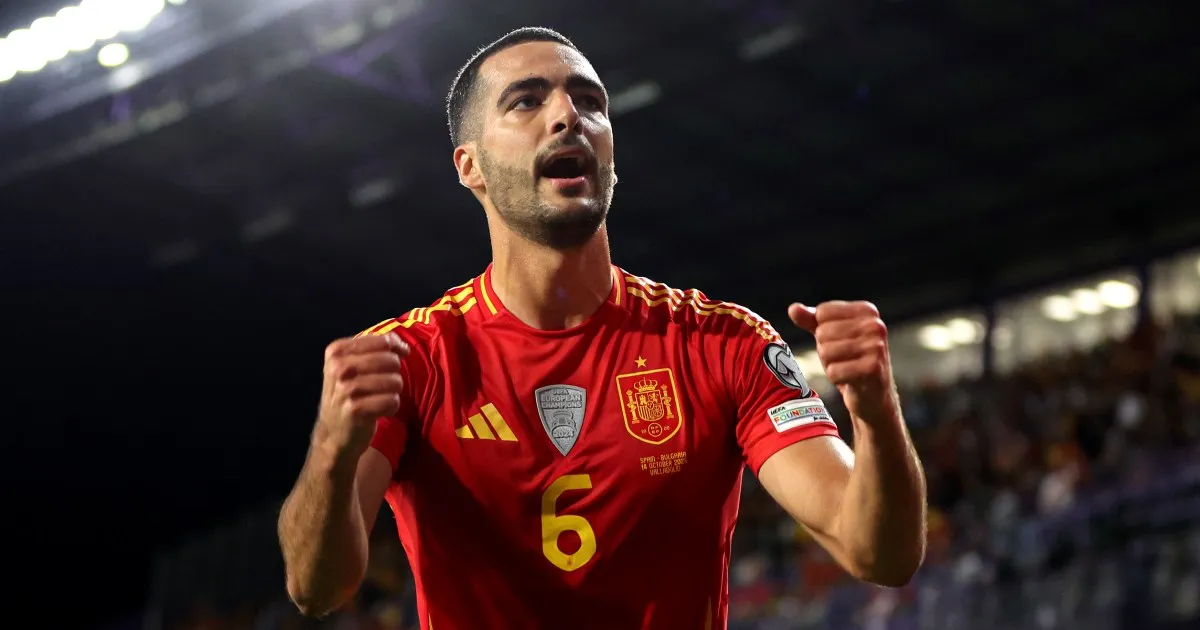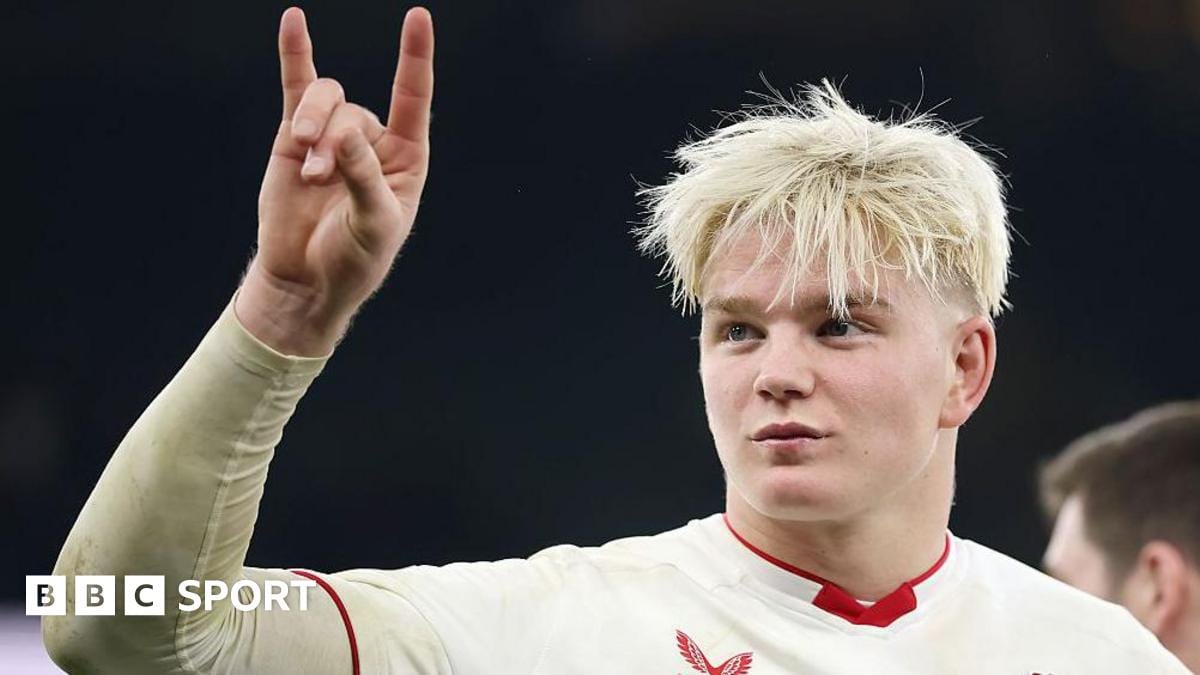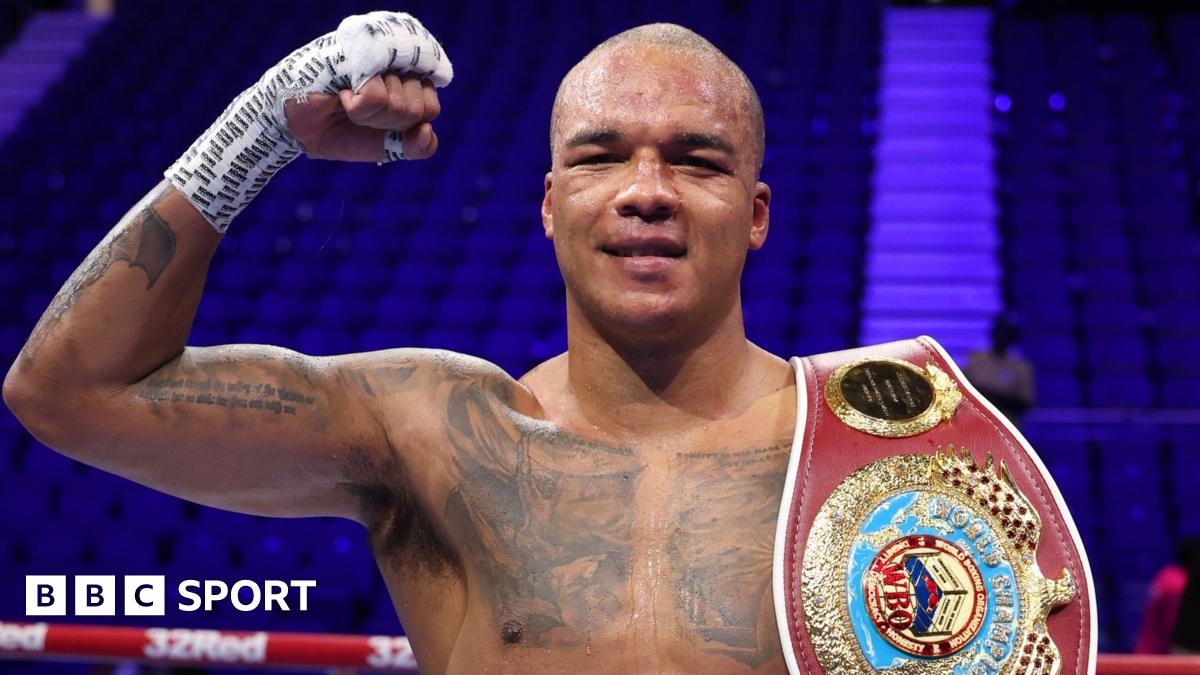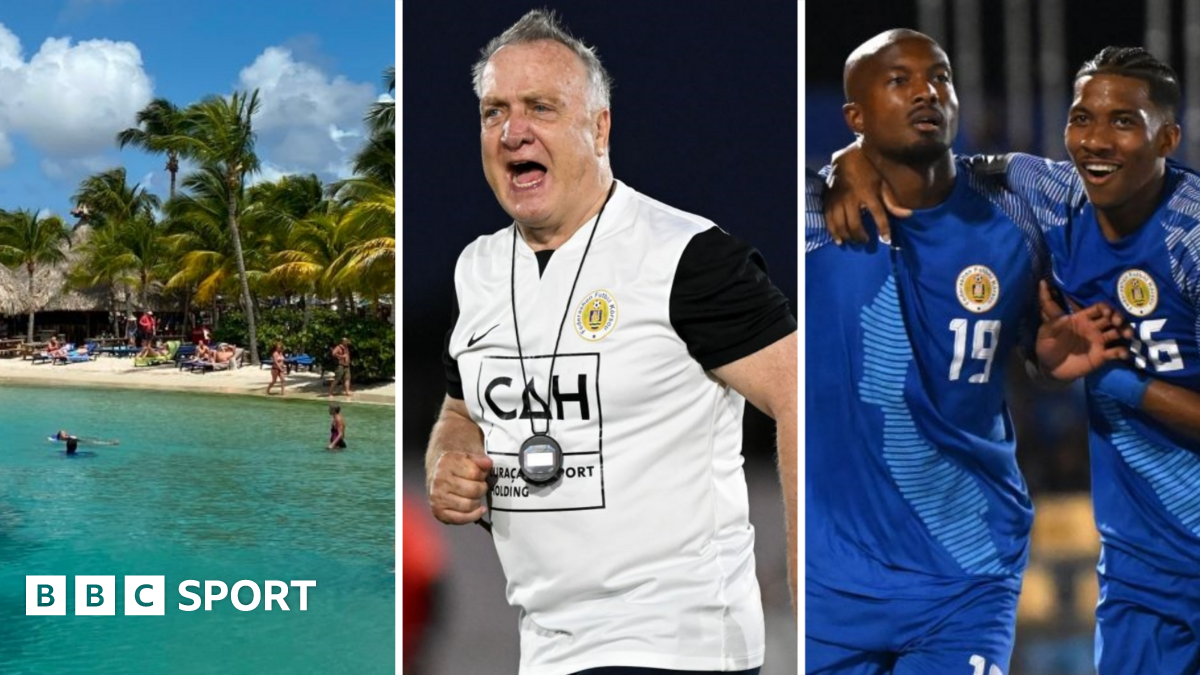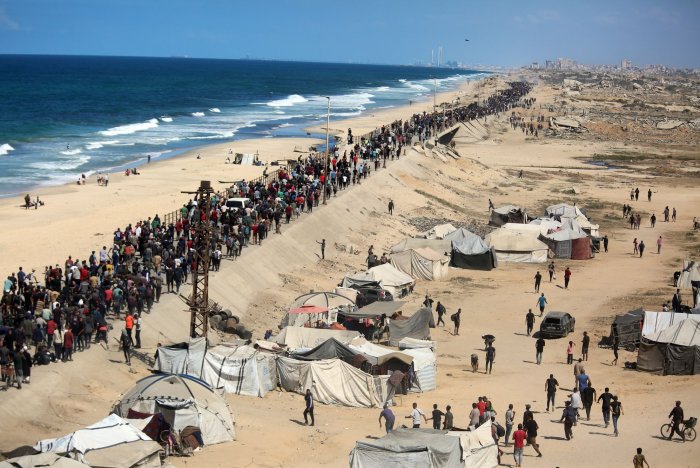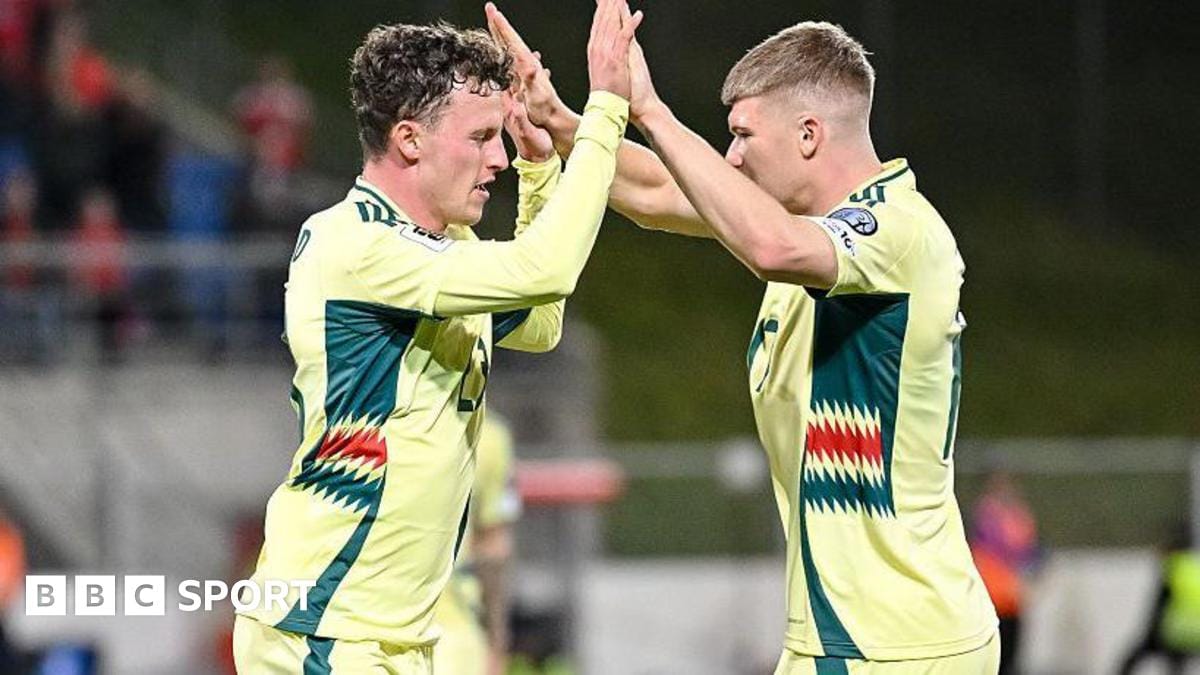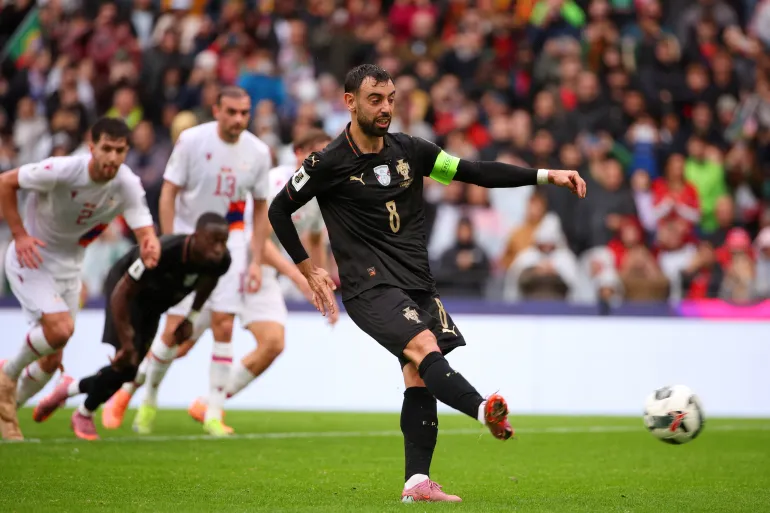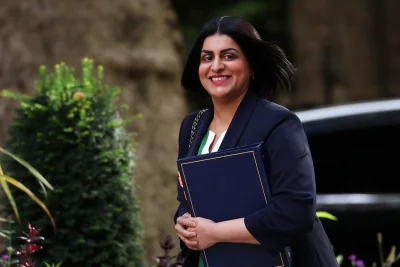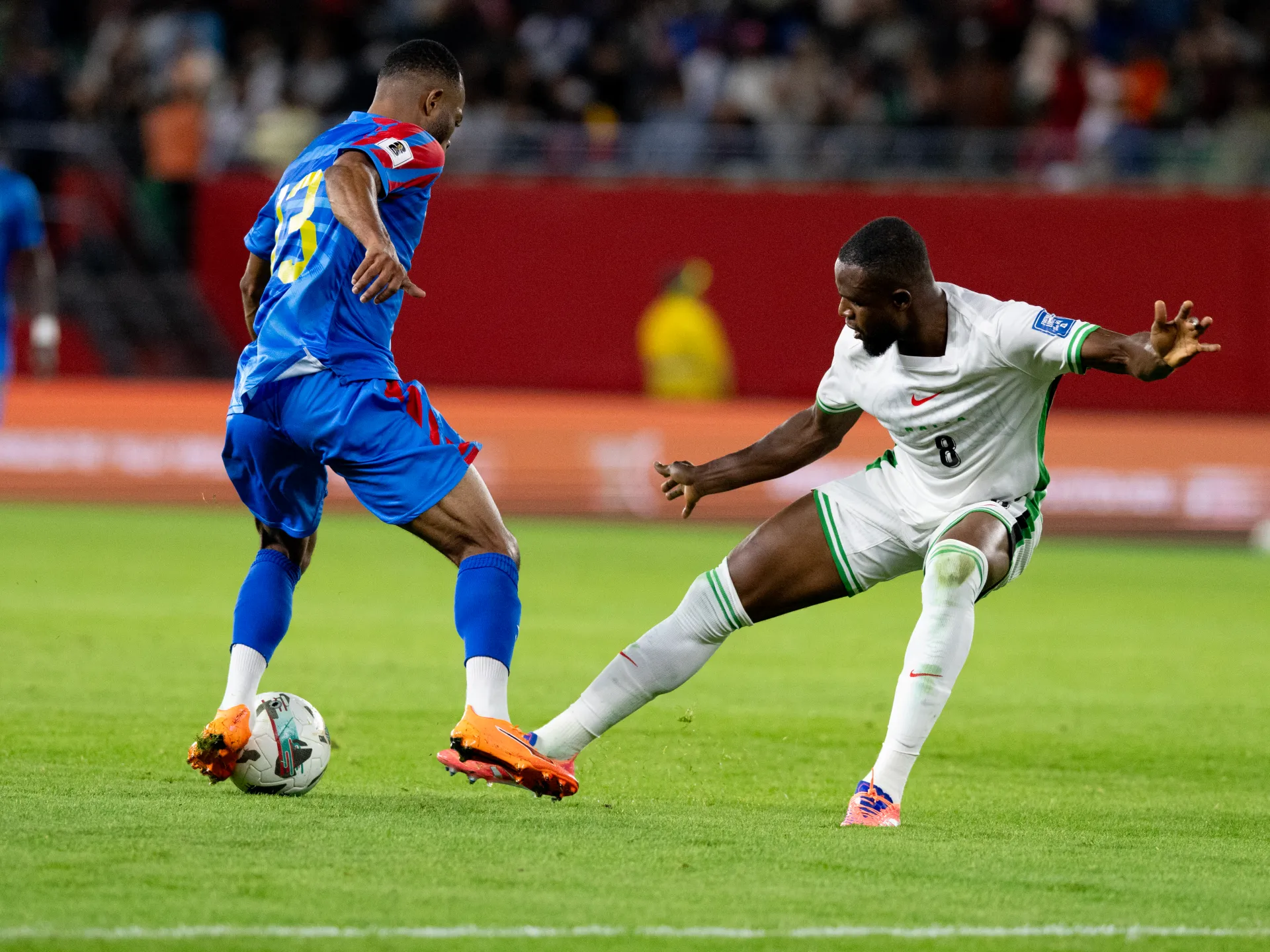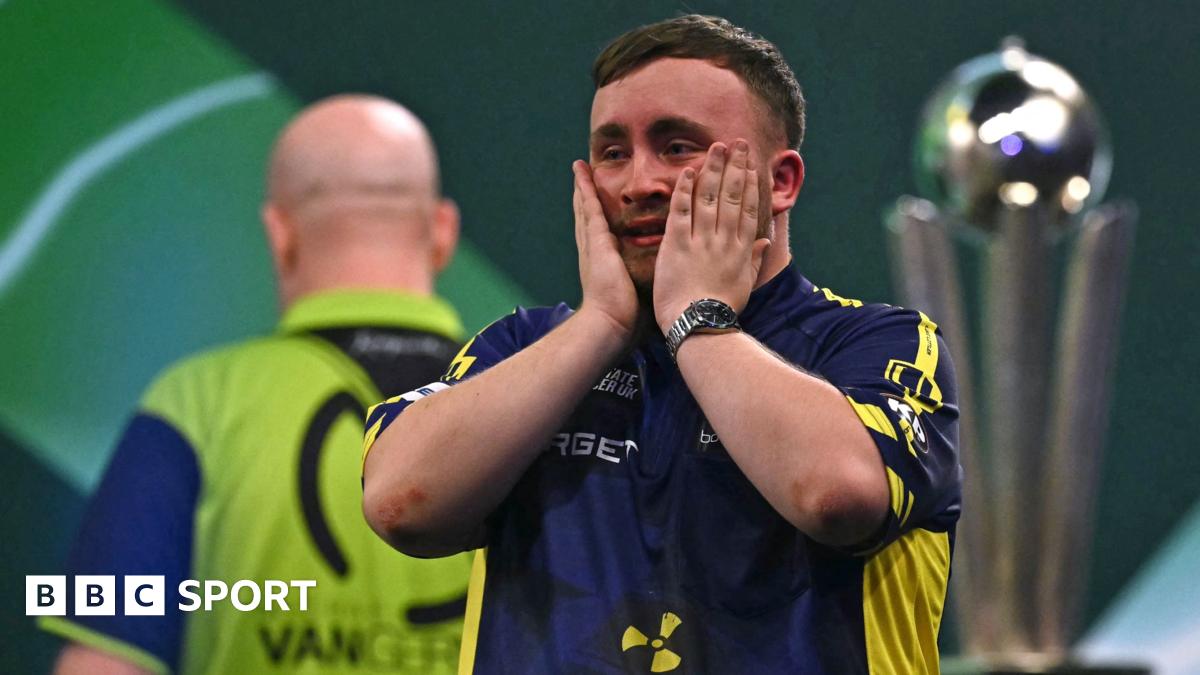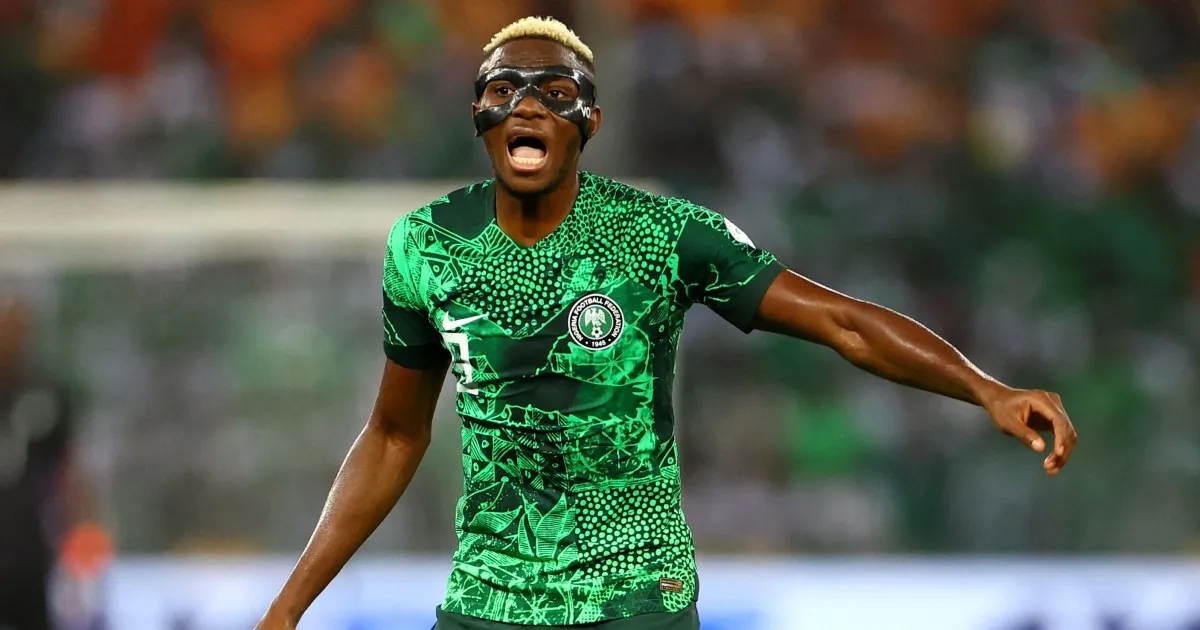Scots celebrate reaching first World Cup in nearly 30 years
Katy Scott and Paul WardBBC Scotland
 PA Media
PA MediaScotland’s men have secured a place at the World Cup for the first time since 1998.
Steve Clarke’s side won 4-2 against Denmark after a nail-biting match saw them score a final goal from the halfway line at Hampden Park in Glasgow.
The national team had to win the match to qualify, with a draw or a loss meaning play-offs to reach the 2026 tournament, which will be hosted by Canada, Mexico and the United States.
Fans travelled from all corners of the country to watch the game, with supporters’ buses leaving from Edinburgh, Aberdeen, Inverness and everywhere in between.
Scotland will find out who they will be facing next summer on Friday 5 December.
First Minister John Swinney posted on social media: “Fabulously well done. Such a joy to watch such an amazing, spirited performance.”
 Reuters
Reuters PA Media
PA MediaScott McTominay scored first with an overhead bicycle kick after just three minutes, but Denmark battled to equalise.
Scotland pulled ahead once again after Lawrence Shankland nudged a corner kick into the net, but Denmark fought back until it was 2-2 with 10 minutes remaining.
In extra time, Kieran Tierney scored for Scotland and secured the World Cup spot, before Kenny McLean made it 4-2 from his own half with just seconds to go.
Scotland captain Andy Robertson told BBC Scotland: “It’ll go down as one of the greatest nights of my life.”
He added: “We put the country through it, but I’m sure it’s worth it. We’re going to the World Cup.”

A fan who had lost his voice told BBC Scotland: “It means everything. I was only seven when we went to France.”
He added: “I predicted the second goal, and I predicted the third goal, but I didn’t predict the fourth goal. But honestly, absolutely amazing.”
Another fan leaving Hampden Park said: “Absolutely amazing, the atmosphere was tremendous. When it was 2-2 we thought that was it, we’re going to the play-offs. But wow, amazing.”
He said he had watched the match with his oldest son, adding: “I’ve been a passionate fan since I was a boy, travelled all over with them and took my oldest son 28 years ago when we last qualified.”
When asked if he’ll be at the tournament next year, he said: “Hopefully. My daughter’s getting married so I’ll maybe ask her to put that on hold.”

Another fan added: “I was in France 1998. I grew up in an era when we qualified all the time.
“This is for the younger generation. They get to go and watch Scotland play in the World Cup.
“The whole country is going to be buzzing.”

The Church on the Hill pub in Glasgow is just a stone’s throw away from Hampden and a piper welcomed hundreds of revellers ahead of kick-off.
Fans flooded into the pub after the match, including Colin McLean and his son Andrew.
Colin said: “I think I’ve missed two games in 20 years. I’ve never seen anything like that.”
Asked if they would be heading to the World Cup next year, Andrew said: “That depends what he’s getting me for Christmas.”
David Alexander and his cousin Fiona Cullie had also been to the match.
“People say we’ve had good luck this campaign,” said David. “But if you think about it, we’ve had bad luck for years. It’s about time.”
Fiona added: “It was unreal in the stadium. Something to remember for life.”
How did we get here?
Scotland last qualified for the 1998 World Cup in France under manager Craig Brown.
The tournament saw them lose to Brazil and Morocco, and manage a draw with Norway. They exited in the tournament group stage.
What followed was a two-decade major tournament drought for the men’s national team.
They failed to qualify for six consecutive World Cups and missed five straight European Championships.
Under Steve Clarke, they returned at Euro 2020, their first in 24 years, but again finished bottom of their group.
They qualified for Euro 2024, making back-to-back Euros.
 PA Media
PA Media Action Images/Reuters
Action Images/ReutersThe current World Cup qualifying run has seen Scotland draw 0-0 with Denmark, beat Belarus twice and Greece once at Hampden.
They faced Greece again at the weekend in a match they thought they had to win or draw to retain hopes of automatic World Cup qualification.
Scotland lost 3-2 on the night.
But Belarus’s surprise 2-2 draw in Copenhagen meant Steve Clarke’s side still had a chance of finishing top of Group C if they beat the Danes – giving the team one more shot at automatic qualification.
Speaking after the match, a clearly emotional Clarke paid tribute to his team.
“This was the chance. One game. This was like a play-off final. We put everything on the line,” he said.
“There’s always one last step, and it’s always the hardest. To put their mind at ease, make them comfortable, make them know they could handle the occasion.
“Some moments in the game went in our favour. We went 2-1 up against 10 men, but conceded and we thought ‘what are we doing?’
“But that’s the Scotland way.”


